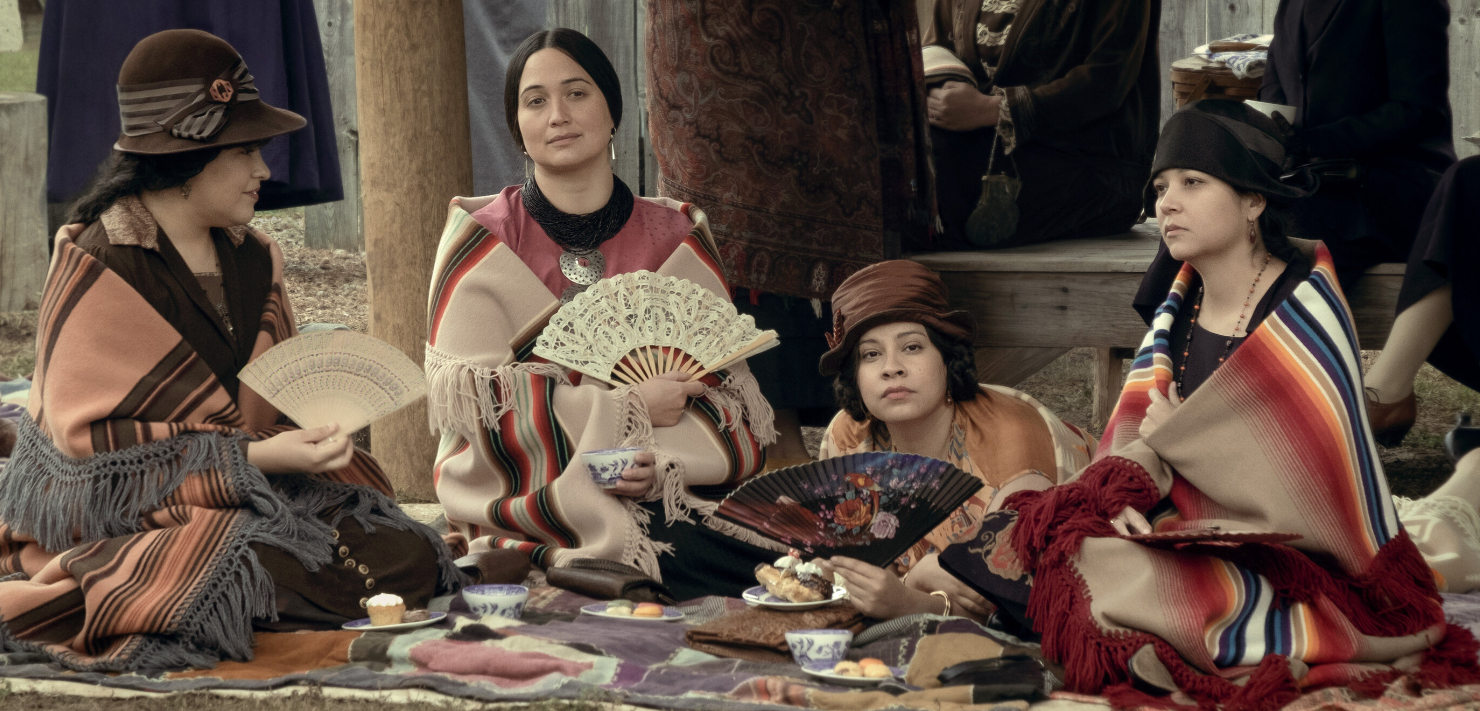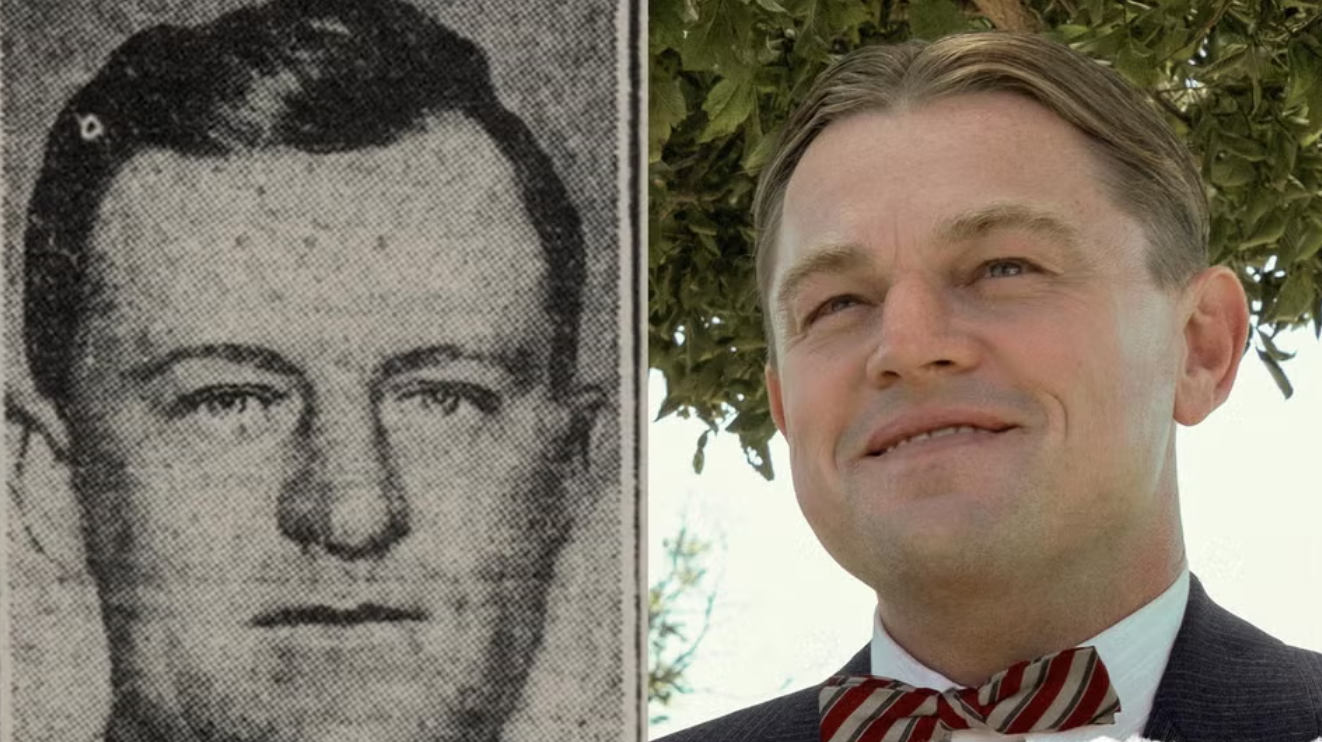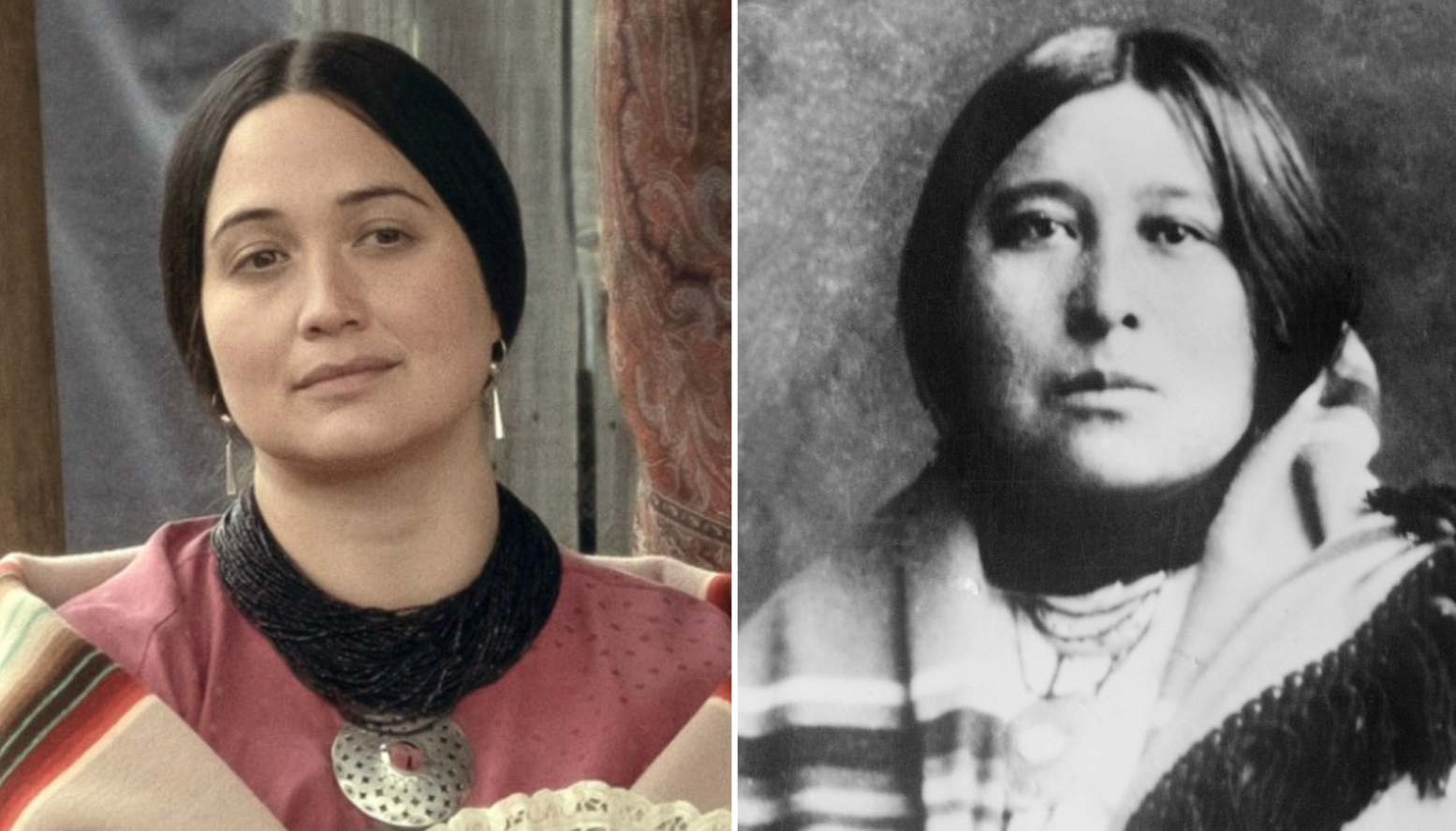Killers of the Flower Moon, written by David Grann, vividly brings to life the horrific Osage murders that took place in the 1920s. Through meticulous research and detailed storytelling, Grann paints a haunting picture of the systematic killings of Osage tribe members for their oil wealth. The book delves into the complex web of greed, corruption, and racism that allowed for such atrocities to occur.
By exploring the personal stories of the victims and their families, Grann humanizes the tragedy and underscores the devastating impact it had on the Osage community. Through his engaging narrative style, Grann effectively captures the fear, anger, and resilience of those affected by the murders. He skillfully weaves together historical facts, personal accounts, and investigative reporting to create a gripping and powerful narrative that sheds light on a dark chapter in American history. Killers of the Flower Moon serves as a stark reminder of the injustices faced by indigenous peoples and the ongoing struggle for justice and recognition.

The Headright System’s Role in the Osage Murders. Killers of the Flower
The Headright System played a significant role in the Osage Murders, also known as the “Killers of the Flower Moon.” The system, which granted land to individuals based on the number of people they brought to the colony, created a competitive environment where greed and power often overshadowed moral values. As a result, many Osage individuals were targeted and killed for their valuable oil rights, which were inherited through the Headright System. This led to a series of brutal murders that devastated the Osage community and exposed the corrupt nature of the system.
The perpetrators of these crimes were driven by a desire for wealth and control, using violence and manipulation to achieve their goals. The Headright System’s emphasis on individual gain at the expense of others contributed to the tragic events that unfolded in Osage County. Ultimately, the system’s role in the Osage Murders serves as a stark reminder of the dangers of unchecked greed and the devastating impact it can have on vulnerable communities.
The Marriage of Mollie and Ernest: A Key Element in the Osage Murders. Killers of the Flower
The marriage of Mollie and Ernest was a crucial element in the Osage Murders, a dark chapter in American history known as the “Killers of the Flower Moon.” Mollie, a member of the Osage tribe, was one of the many wealthy Indians who were targeted for their oil wealth in the early 1920s. Ernest, a non-Indian man, saw an opportunity to exploit Mollie’s wealth and married her with sinister intentions. Their union allowed Ernest to gain access to Mollie’s money and resources, which he used to further his own interests.
The marriage served as a cover for the crimes that were being committed against the Osage people, as Ernest used his position as Mollie’s husband to manipulate and control her. This toxic relationship ultimately led to tragedy, as Mollie became a victim of the violence and greed that plagued the Osage community during this time. The marriage of Mollie and Ernest highlights the devastating impact of greed and corruption on a vulnerable community, and serves as a reminder of the importance of seeking justice for those who have been wronged.

The Reign of Terror: A Dark Chapter in the Osage Murders. Killers of the Flower
During the reign of terror in the Osage murders, the killers of the flower committed unspeakable acts of violence against the Osage people. This dark chapter in history saw innocent men and women targeted and murdered for their wealth and resources. The perpetrators of these heinous crimes showed no remorse as they systematically plotted and carried out their evil deeds. The Osage people lived in fear as they were hunted down and eliminated one by one. The reign of terror brought a cloud of fear and despair over the community, as they struggled to protect themselves from the ruthless killers who sought to exploit and destroy their way of life.
The killers of the flower showed no regard for human life as they carried out their deadly schemes, leaving a trail of devastation and heartbreak in their wake. The Osage people were left to mourn the loss of their loved ones and to live in constant fear of being the next target of these ruthless killers. The reign of terror in the Osage murders was a dark and tragic period in history that serves as a stark reminder of the depths of cruelty and evil that some individuals are capable of. The legacy of this dark chapter continues to haunt the Osage people to this day, serving as a painful reminder of the injustices and atrocities that were committed against them.
The FBI Investigation and Trial of the Osage Murders. Killers of the Flower
The FBI investigation and trial of the Osage murders, also known as the “Killers of the Flower,” was a complex and harrowing case that shook the Osage Nation to its core. The murders of several Osage tribe members, who had become wealthy from oil reserves on their land, sparked a nationwide manhunt for the perpetrators. The FBI, under the direction of J. Edgar Hoover, worked tirelessly to unravel the web of deceit and corruption that surrounded the killings. The trial that followed was filled with twists and turns, as witnesses came forward with shocking testimony and evidence of a conspiracy to murder the Osage for their wealth.
The defendants, members of the Osage community themselves, were eventually found guilty and sentenced to prison. The case served as a stark reminder of the dark side of human nature and the lengths that some will go to in pursuit of greed and power. The FBI’s dedication to bringing the killers to justice was a testament to their commitment to protecting and serving all Americans, regardless of race or background. The Osage murders remain a tragic chapter in American history, but the FBI’s investigation and prosecution of the case stand as a beacon of hope for those seeking justice in the face of adversity.

Systemic Violence in the Osage Murders. Killers of the Flower
Systemic violence in the Osage murders, as depicted in “Killers of the Flower Moon,” reveals a deeply ingrained pattern of exploitation and oppression. The targeted killings of the Osage people were not isolated incidents but rather a symptom of a larger system that perpetuated violence and discrimination against indigenous communities. The perpetrators of these crimes were not acting in a vacuum but were emboldened by a culture of greed and entitlement that allowed them to exploit and abuse the most vulnerable members of society. The systemic nature of this violence is evident in the complicity of government officials, law enforcement, and even medical professionals who turned a blind eye to the atrocities being committed.
This systemic violence not only robbed the Osage people of their lives and livelihoods but also eroded the very fabric of justice and equality in society. The legacy of these murders continues to haunt the Osage community, serving as a stark reminder of the ongoing struggle for justice and accountability in the face of systemic oppression. As we confront the dark history of the Osage murders, we must also acknowledge the broader systemic issues that allowed such violence to occur and work towards dismantling the structures of power and privilege that perpetuate inequality and injustice in our society.
